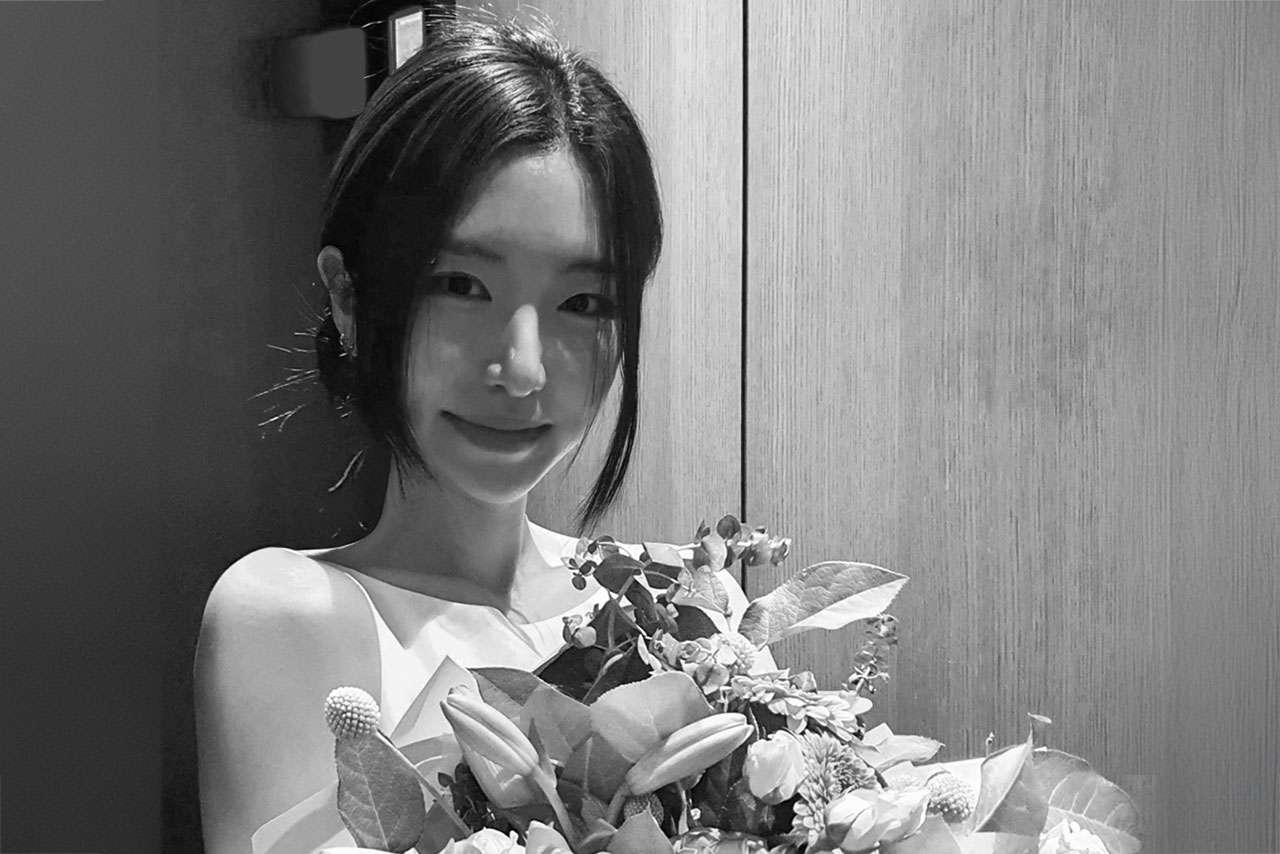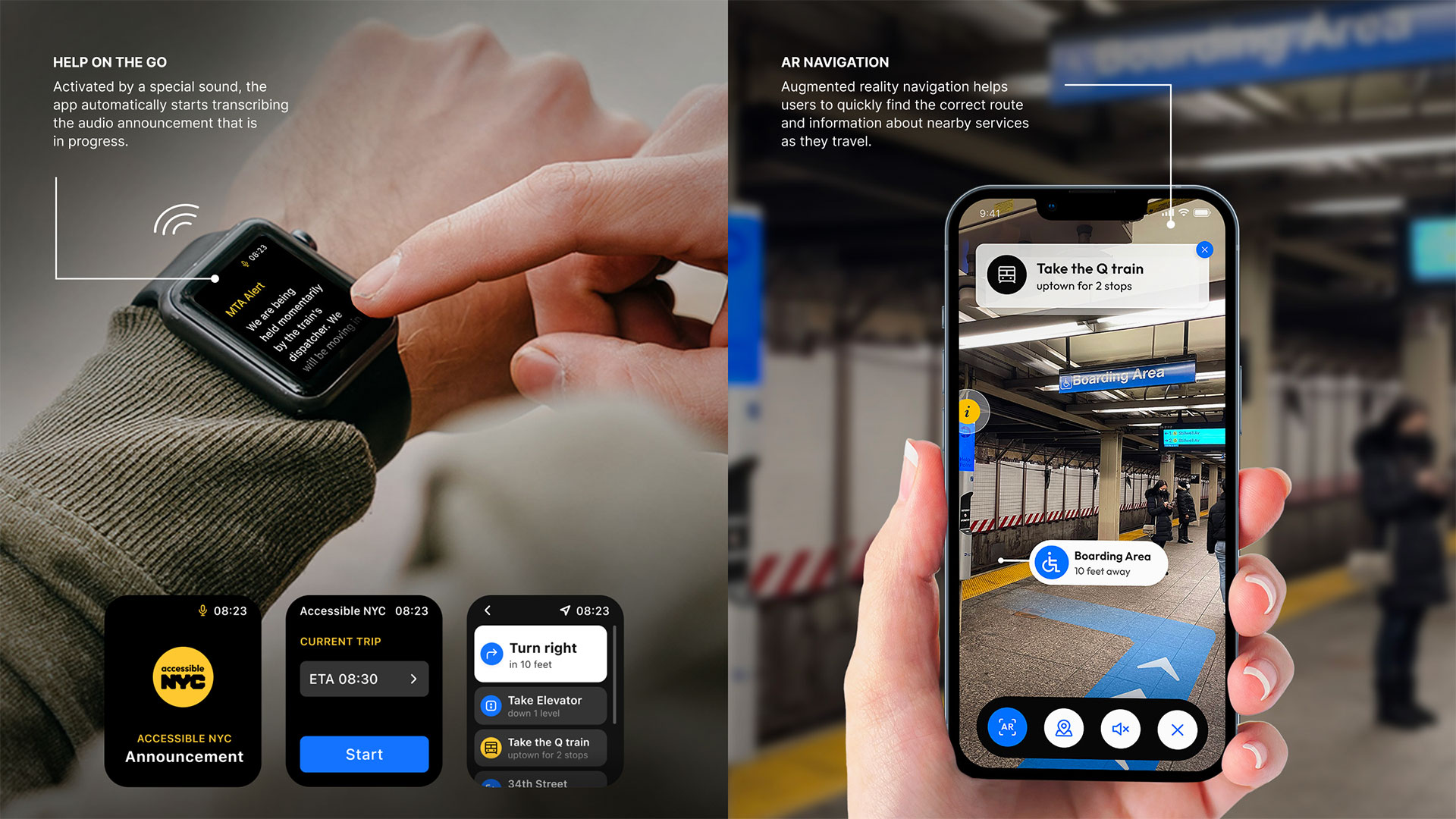1Please give us a brief bio of yourself and your creative background.
I am a product designer who fosters meaningful exchanges between people and digital products, specializing in visual design, UX, and interaction design. I was born and raised in South Korea and moved to New York in 2019 alone with the dream of becoming a product designer.
It has always been all about my interests, passions, and what intrinsically, genuinely motivates me. I have previously worked at RingCentral, and after graduating from FIT with a major in Advertising and Digital Design, I am currently working at 21GRAMS as a product designer.
2What made you become/why did you choose to become a creative?
Ever since when I was little, I was always asking questions. Now as a product designer, my journey into the world of creativity began with a profound curiosity about how things work and a desire to improve the human experience through design.
3Tell us more about your business/company, job profile, and what you do.
As a product designer at 21GRAMS, a healthcare agency, I identify the pain points and needs of healthcare clients, including professionals and patients, and design experiences that make them feel seen and heard through brand strategy.
4What does “creativity” mean to you?
Creativity to me is the ability to see beyond the obvious and to envision new possibilities. It's about taking complex problems and finding innovative, effective, and aesthetically pleasing solutions. Creativity is not just about artistic expression; it
5To you, what makes a “creative” idea and/or design?
As a product designer, what makes a "creative" idea or design is the ability to combine innovation, functionality, and user-centric thinking in a way that solves problems and enhances user experience. A truly creative idea or design stands out because it brings something new to the table, addresses user needs effectively, and does so in a manner that is both aesthetically pleasing and practical.
6Tell us about your creative and/or design process.
As a product designer, my creative and design process includes 5 stages: Discover, Define, Design, Develop, and Deploy.
It is designed to reflect the practicalities of collaborating with diverse internal and external teams. It also aims to prioritize features and functionality based on end-user goals and business requirements, and translate concepts and requirements into a tangible architecture and visual representation; carefully considering the experience, interface, accessibility, and overall aesthetic.
7What's your favorite part of the creative process and why?
As a product designer, my favorite part of the creative process is understanding the problem through empathy interviews and user research. This phase allows me to connect deeply with users, uncovering their needs, challenges, and aspirations firsthand. It combines analytical rigor with emotional intelligence, providing critical insights that guide the design process.
By immersing myself in the user's world and gathering data-driven evidence, this foundation of empathy and understanding ensures that my designs genuinely improve user experiences and address their core problems.
8Describe your creative style and its main characteristics.
I am an innovator who loves generating new ideas and innovative solutions. My attention is largely focused on the world around me, and I am constantly probing its structures and systems to find ways to push things forward. I have an insatiable desire to expand boundaries and explore uncharted territories. I thrive when working in service of large-scale change and progress, and my talents equip me well for roles that allow me to experiment and play with ideas.
9Do you think your country and its cultural heritage has an impact on your creativity process?
One of the most important features of Korean culture is the advancement of service design. Koreans tend to prioritize efficiency and seamless experience, and this has led to designs that allows users to achieve their desired goals smoothly without facing any obstacles. Growing up in such a culture, I've internalized the importance of enabling users to both efficiently and effectively accomplish their objectives through my own designs.
10Congratulations! As the winner of the 2024 MUSE Creative Awards, what does it mean to you and your company and team to receive this award distinction?
It has been a true dream to win the MUSE Creative Awards as a designer. It is an incredible honor and a validation of the dedication, creativity, and passion that I pour into my work. It serves as a validation of the countless hours spent refining ideas, iterating on designs, and pushing the boundaries of innovation.
Also, it serves as a powerful source of inspiration and motivation to continue pushing the boundaries of creativity in my future projects. It instills confidence in my abilities and encourages me to pursue even greater challenges and opportunities for innovation.
11Can you explain a bit about the winning work you entered into the 2024 MUSE Creative Awards, and why you chose to enter this project?
Navigating around the city can be confusing and frustrating, especially for people with disabilities. Besides, train delays, emergency stops, malfunctioning elevators, and even weather conditions are challenges for them. Most of New York City's public transit system is not accessible-friendly.
Hence we created the AccessibleNYC App aiming to create a personalized, seamless travel experience based on users’ disability type, interests, and needs. The app works as a useful navigation tool as well as an information hub and communication tool for disabled users to enjoy and explore New York City at their best capacity.
12What was the biggest challenge with this project?
Exclusion happens when we solve problems using our own biases. Since none of our team members had disabilities, I cannot emphasize enough how important user research and empathy interviews were for this project. We tried hard to meet and schedule our interviews with people with different disabilities. As a result, we could hear life experiences vividly from our interviewees and gain a deeper understanding of their lifestyle, real-world challenges, beliefs, and needs faced by individuals with disabilities daily.
13How has winning an Award developed your practice/career?
Receiving this award enhances my credibility as a designer and strengthens my reputation within the industry. It demonstrates to collaborators and peers that I am capable of producing high-quality, award-winning work that meets and exceeds industry standards.
14What are your top three (3) favorite things about our industry?
1. The constant drive for innovation and creativity: From conceptualizing new products to refining existing designs, there's always an opportunity to push the boundaries of what's possible. This ever-evolving nature of design keeps me energized and engaged.
2. The power to solve real-world problems and improve people's lives: Whether it's designing products that enhance accessibility, streamline workflows, or promote sustainability, the impact of our work can be profound. I find great fulfillment in tackling complex challenges and finding elegant, user-centric solutions that make a positive difference in the world.
3. Collaborative and Diverse Community: I love being part of a community that brings together individuals with diverse backgrounds, perspectives, and skill sets. The exchange of ideas and expertise fosters creativity, innovation, and personal growth.
15What makes your country specifically, unique in the creative industry?
Embrace changes and revolution, as the world changes so does design, the way of design is completely different from what it was ten years ago. Embracing changes and adapting ourselves to the latest trends, ways of thinking, and technology means we are more connected to the world and our users than ever before.
16Where do you see the evolution of creative industry going over the next 5-10 years?
The creative industry will undergo significant transformation with the rise of AI and machine learning, empowering designers to automate tasks, analyze data, and generate personalized content on a large scale. As AI technologies advance, designers will unlock new possibilities, identify patterns, and make data-driven decisions, resulting in more intelligent and adaptive user experiences.
Additionally, the integration of design and data analytics will enable designers to leverage insights from user behaviors and preferences to create personalized, intuitive products that meet the evolving needs of their target audiences.
17If you were a student entering this industry or an aspiring MUSE Creative Awards submitter, what advice would you give them?
Be authentic, passionate, and creative. Make something meaningful that does not simply follow the trend, last but not least, enjoy!
18What resources would you recommend to someone who wants to improve their skills in the creative industry?
Keep an eye on trends and new technologies. Reading articles and books or listening to podcasts always helps. Practice what you learned through client work or personal projects. Don't hesitate to do design critiques and stay open-minded when getting feedback from highly knowledgeable people, mentors, and colleagues.
19Tell us something you have never told anyone else.
Besides my passion for design, I love sports. I figure-skated for 7+ years, I box and do jiu-jitsu. I also enjoy watching baseball and soccer games, and sportsmanship is a big inspiration for me.
20Who has inspired you in your life and why?
I would like to shout out to my manager, Eva for being the best manager, experienced designer, and leader I could ask for. She is always thoughtful and patient as a manager as she supports me, she's creative, precise, and hardworking. I've always enjoyed working closely with Eva, as I learn every day from her, and being an inspiration and motivation to me.
21What is your key to success? Any parting words of wisdom?
My key to success is "One more thing". You may have heard this before from Steve Jobs but I truly love this. I always try to go beyond the problem that I am solving and keep challenging myself. It is a chance to push myself to think bigger and look at other opportunities that are not being considered. It ain't over till it's over!




